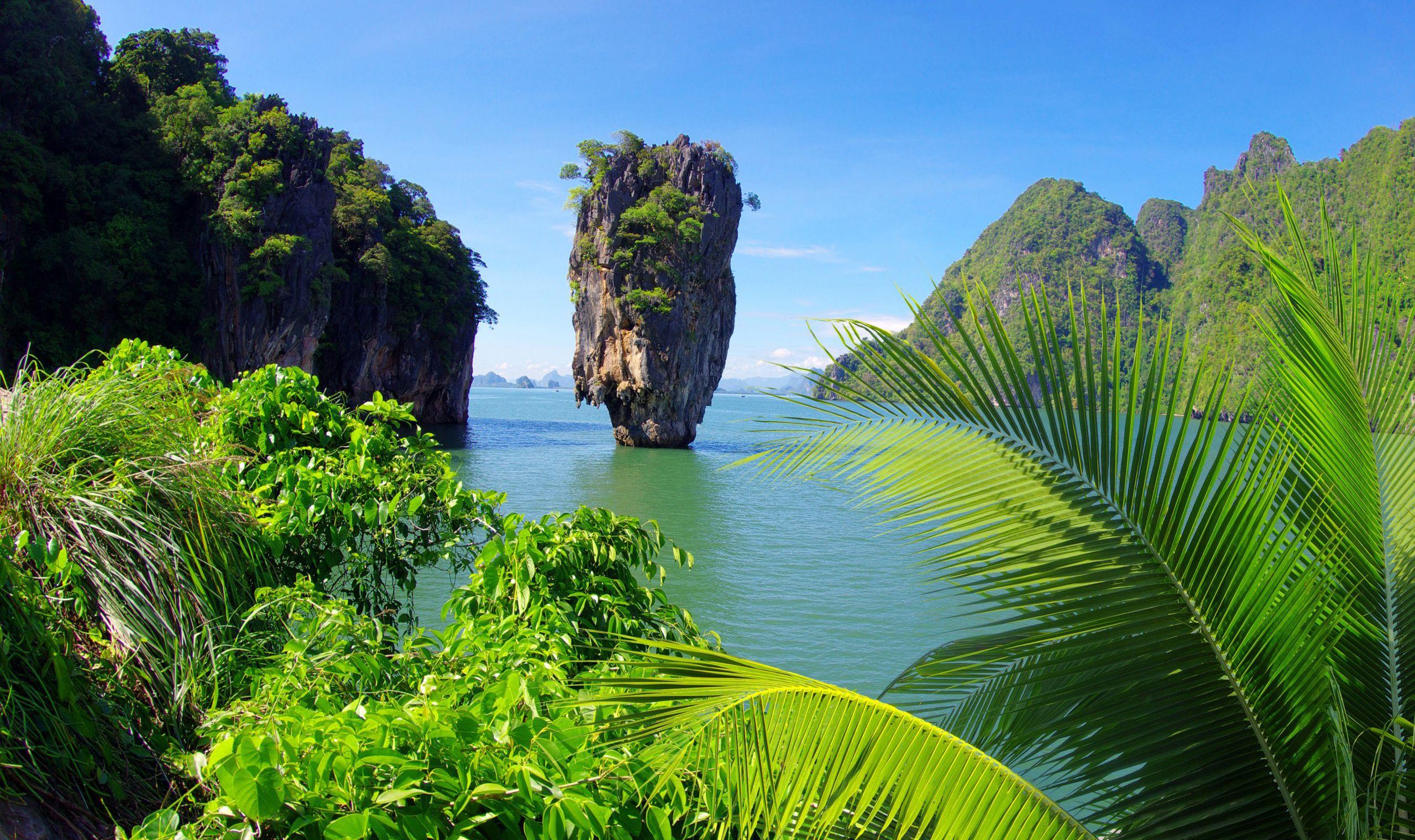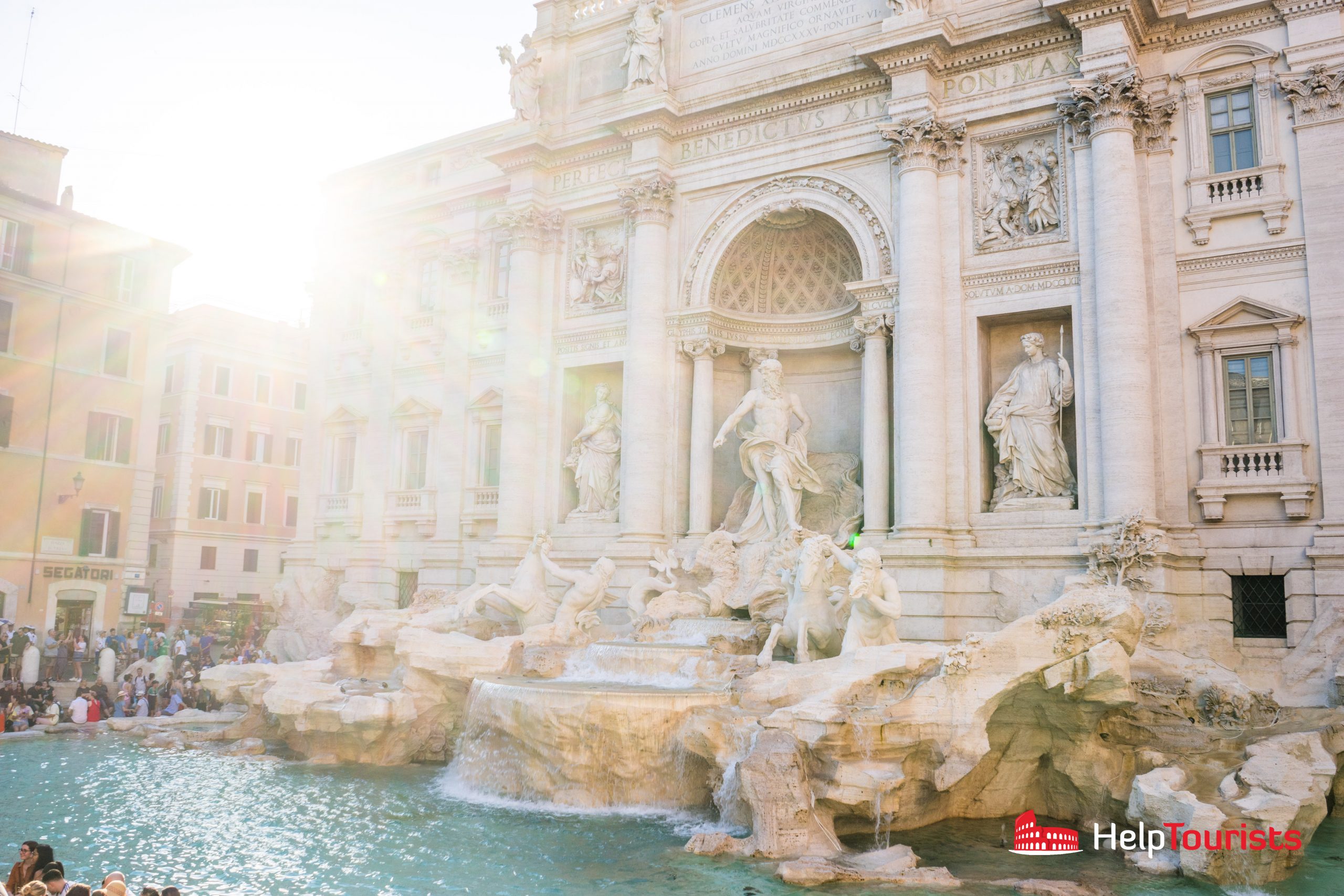Fiji, a South Pacific archipelago comprised of over 300 islands, presents an alluring mélange of natural beauty and cultural richness. Its turquoise waters and coral reefs attract adventurers and vacationers alike. However, beyond the idyllic scenery, Fiji is a melting pot of fascinating facts that make this destination all the more intriguing. Here, we delve into two lesser-known but certainly captivating aspects of Fiji that you’ll be eager to share.
1. The Breathtaking Diversity of Fijian Ecosystems
Fiji is not merely a paradise for beach lovers; it boasts a remarkably diverse array of ecosystems that shelter a plethora of flora and fauna. The islands’ geography offers a variety of habitats, including rainforests, mangroves, and coral reefs. Within these environments, one can find endemic species, which are species that are unique to a particular location.
The rainforests of the larger islands such as Viti Levu and Vanua Levu host an impressive collection of plant and animal species. From towering trees like the Yaqona (kava) to the vibrant blossoms of the hibiscus, the vegetation is as richly varied as it is striking. In this wild tapestry, one can encounter native wildlife, including the Fiji banded iguana, which is critically endangered and boasts striking green and yellow hues.
As one ventures into the coastal areas, the mangroves come alive with a different set of inhabitants. This crucial ecosystem provides shelter for juvenile fish and serves as a natural barrier against storms and rising sea levels. The coral reefs surrounding Fiji are teeming with life as well. They are home to over 1,500 species of fish, and every dive unveils a new wonder—from nimble clownfish darting about to majestic manta rays gliding through the currents.
This diverse ecological landscape plays a vital role in the health of the planet’s marine ecosystem. Fijian coral reefs, in particular, are celebrated for their resilience against climate change. The government of Fiji and various local organizations have actively worked towards marine conservation, emphasizing the sustainable use of these resources.
Thus, when you revel in the astounding landscapes of Fiji, remember that you are traversing a canvas painted with rich biodiversity. The ecosystems are not just beautiful; they are critical to the well-being of the planet—a fact that highlights the importance of preservation and respect for these natural wonders.
2. The Traditional Fijian Ceremony of Kava
In the realm of Fijian culture, the traditional practice of kava drinking stands out as a significant social and ceremonial activity. Kava, derived from the root of the kava plant (Piper methysticum), has been consumed for centuries by the indigenous Fijians. It holds deep cultural significance, often serving as a symbol of hospitality and community bonding.
The preparation of kava involves a meticulous process. The roots are harvested, peeled, and then pounded into a fine powder. This powder is subsequently mixed with water to create a milky, earthy beverage that can be both calming and euphoric. When presented during ceremonies, kava serves an essential role in fostering connections among participants.
During a traditional kava ceremony, participants gather in a circle, and the drink is served in a half coconut shell, also known as a “sasa.” The ceremony follows specific rituals: the chief or host usually partakes first, symbolizing respect. Afterward, the kava is passed around, with attendees using set phrases to express gratitude, create bonds, and acknowledge the significance of the gathering.
This practice is not merely about consumption; it encapsulates the essence of Fijian spirituality and community values—reinforcing kinship and fostering dialogue. The effects of kava are often described as soothing, encouraging relaxation and community interaction as people sit together in shared camaraderie.
While kava has proven its worth in Fijian culture, its popularity has surged globally, thanks to growing interest in natural remedies and alternatives. Yet, its status as an integral part of Fijian life is irreplaceable; it represents a link connecting the past with the present.
Understanding these unique facets of Fiji—from the ecological wonders to the cultural practices—offers a richer perspective of this enchanting nation. Sharing these facts not only enlightens others but also promotes a sense of respect and appreciation for the natural environment and cultural heritage that make Fiji a compelling destination.
In conclusion, whether it’s the enthralling ecosystems harboring extraordinary biodiversity or the deep-rooted traditions surrounding kava, Fiji is a treasure trove of knowledge and beauty waiting to be explored and celebrated. So, the next time you’re caught in a conversation about travel, be sure to share these two fascinating insights about this Pacific gem. They exemplify how tourism can intersect with ecological awareness and cultural preservation, enhancing the overall experience of visiting Fiji.










